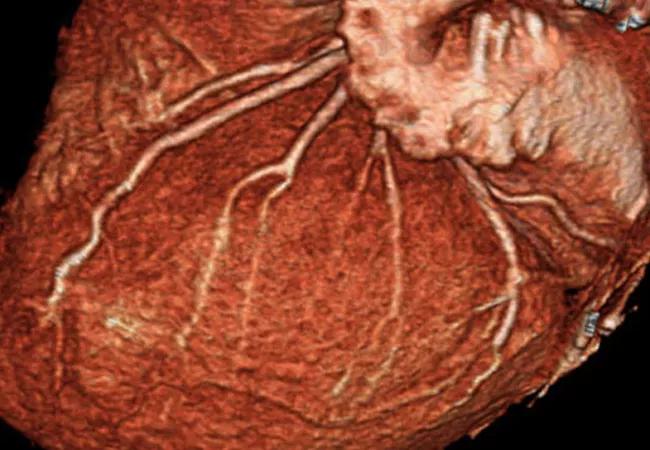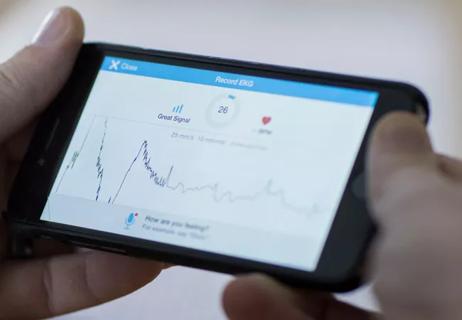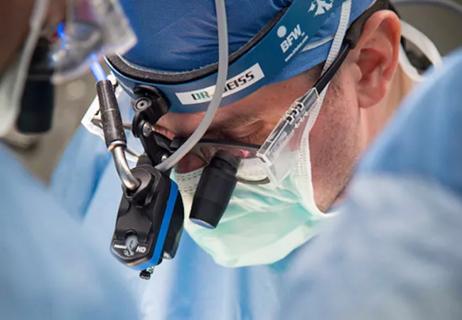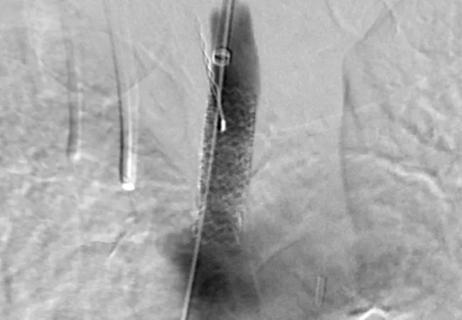Expert analysis argues that study design may have disadvantaged CABG

Final results from the largest comparison of revascularization strategies for low-complexity left main coronary disease should not be viewed as the final word on the issue, contend two cardiac surgeons in an invited expert analysis of the EXCEL trial on ACC.org.
Cleveland Clinic is a non-profit academic medical center. Advertising on our site helps support our mission. We do not endorse non-Cleveland Clinic products or services. Policy
Findings at final five-year follow-up from the 1,905-patient randomized trial were recently published in the New England Journal of Medicine (2019;381:1820-1830), showing equivalence on the primary outcome — a composite of death, stroke or myocardial infarction (MI) — between coronary artery bypass grafting (CABG) and percutaneous coronary intervention (PCI) with contemporary drug-eluting stents. Specifically, this composite outcome occurred in 22.0% of patients in the PCI arm and 19.2% of those in the CABG arm — a difference of 2.8 percentage points in favor of CABG (95% CI, –0.9 to 6.5 percentage points; P = 0.13)
Despite this statistical equivalence, the findings are more nuanced, argue the authors of the ACC.org analysis, Faisal Bakaeen, MD, of Cleveland Clinic, and Mario F.L. Gaudino, MD, PhD, of Weill Cornell Medicine.
In their analysis, Drs. Bakaeen and Gaudino highlight two features of the EXCEL trial’s design that they believe put CABG at a relative disadvantage:
The analysis authors also call attention to several noteworthy EXCEL findings beyond the primary outcome measure:
“The features of the study design that disadvantage CABG call for caution in interpreting the EXCEL trial’s finding of equivalence between the two revascularization strategies for low-complexity left main disease,” says Dr. Bakaeen. “Contemporary CABG that delivers complete revascularization with multiarterial grafting remains a highly compelling option for this patient population.”
The full expert analysis is available here.

How our first century has impacted cardiovascular practice

Review offers comprehensive assessment of the landscape for wearables and more

Preserving trust in research requires vigilance and consensus around statistical nuances

Cardiac surgeon Patrick Vargo, MD, reflects on his first year as Cleveland Clinic staff

Improved risk prediction for patients is at the heart of Dr. Aaron Weiss’ research interests

Centralization would likely bring better outcomes, experts say, but may not be feasible

Dr. Daniel Burns on mentorship, robotic valve surgery, statistics and more

JACC review makes the case and outlines how to ensure oversight